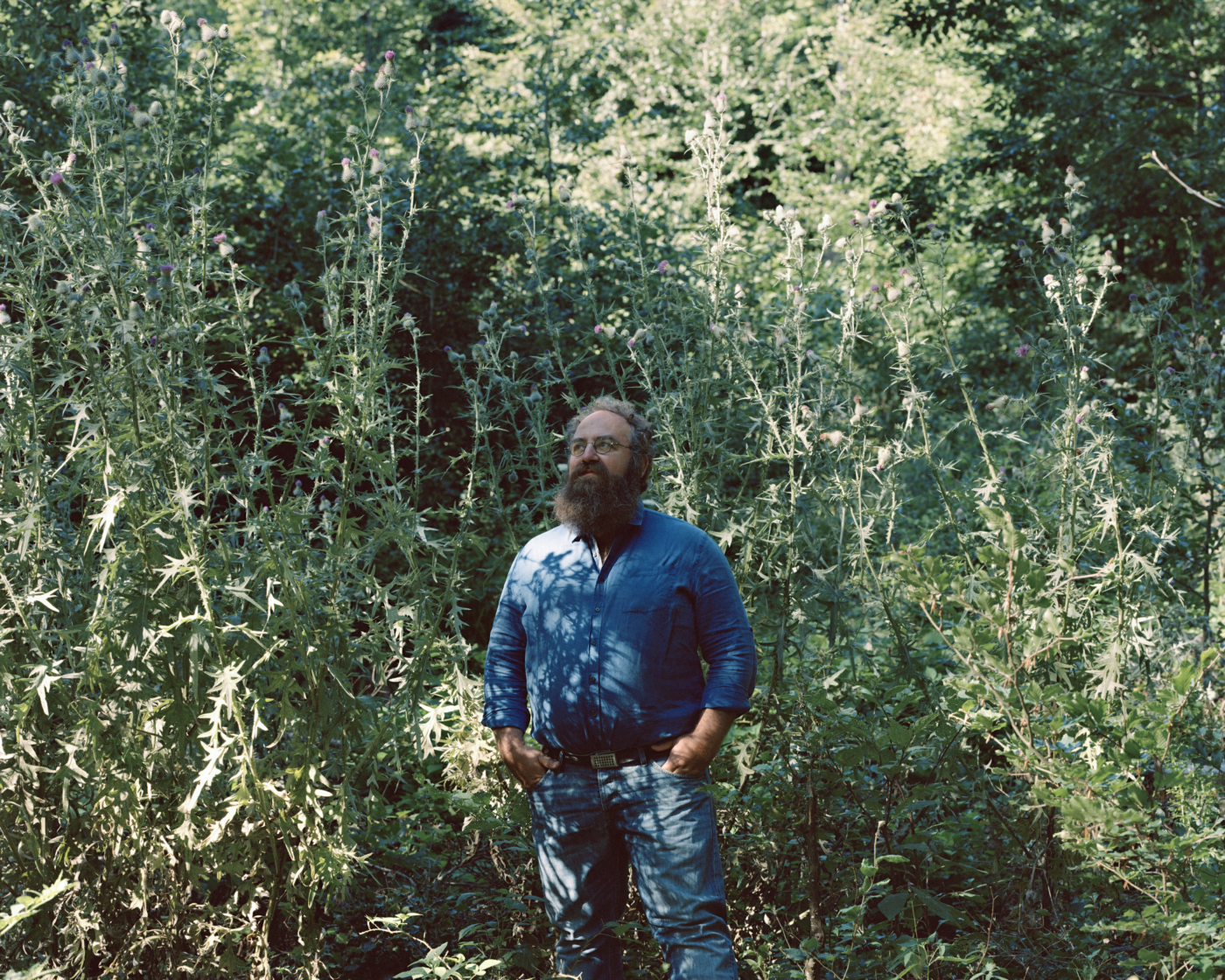Paris at 50°C
“ What will Paris be like under 50°C? How can we postpone this scenario and be better prepared for it? ”
- Publish On 15 April 2024
- Alexandre Florentin
- 22 minutes
Our dense, mineral-rich capital is ill-suited to the extreme heat we’ll increasingly have to cope with. So what adaptation strategies can we implement? This is what we asked to Alexandre Florentin, Paris councillor responsible for resilience and climate issues. He chaired the “Paris at 50 degrees” mission, which delivered its report a few months ago: what fields of action for architects and urban designers?








